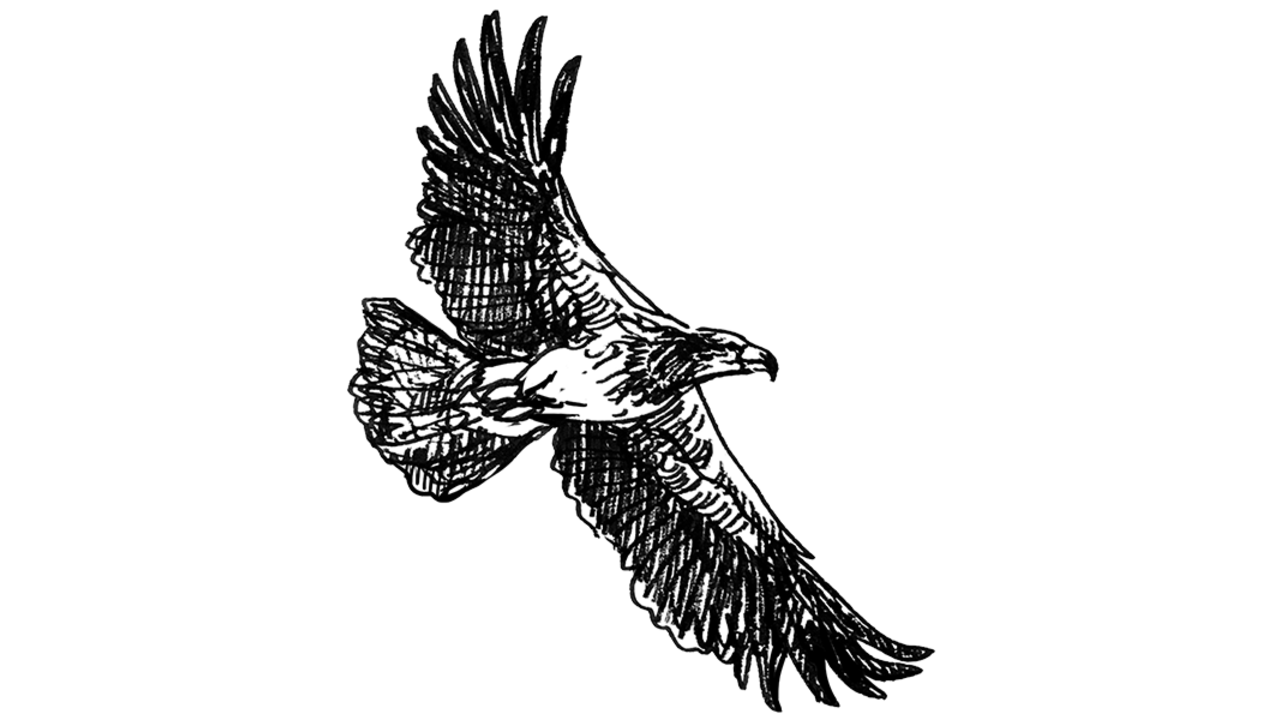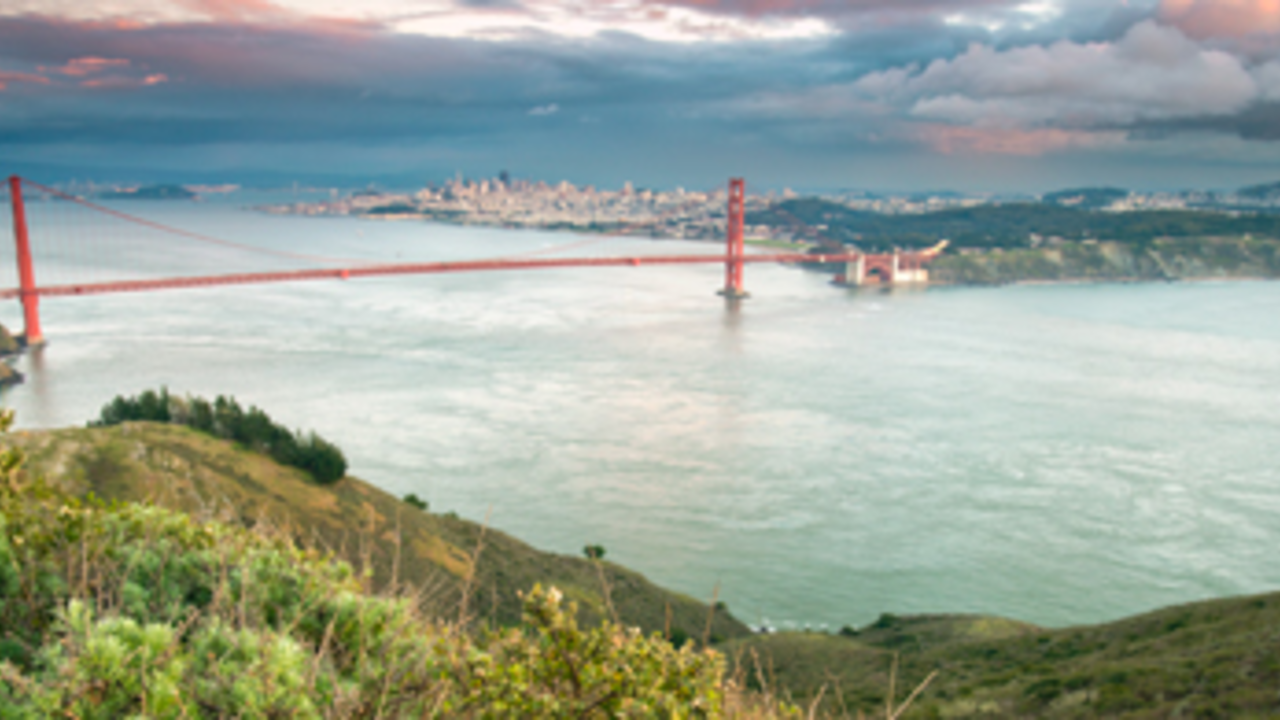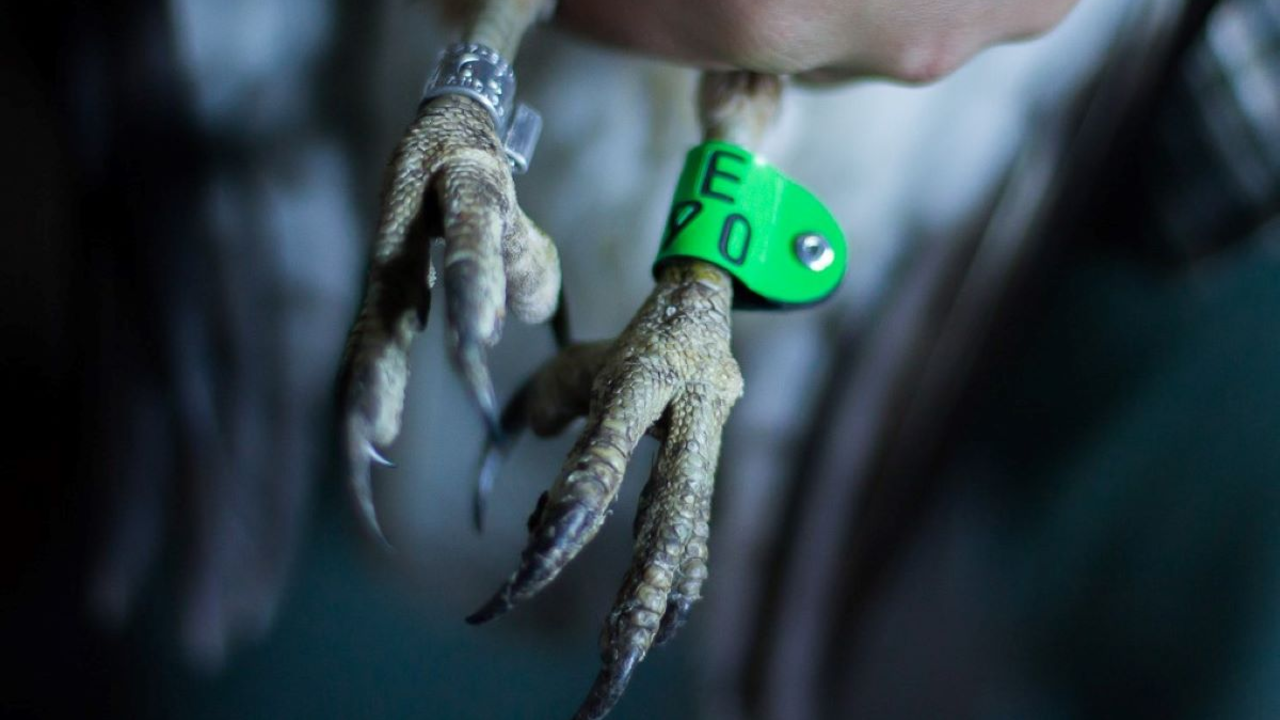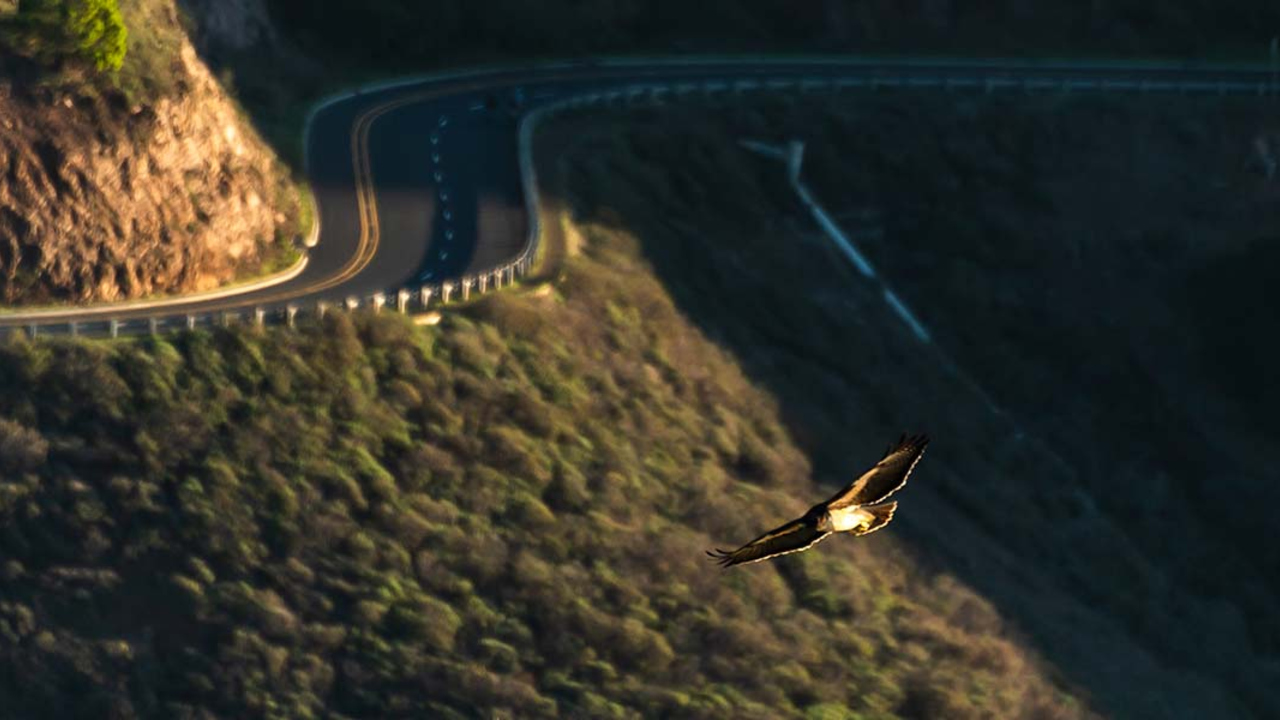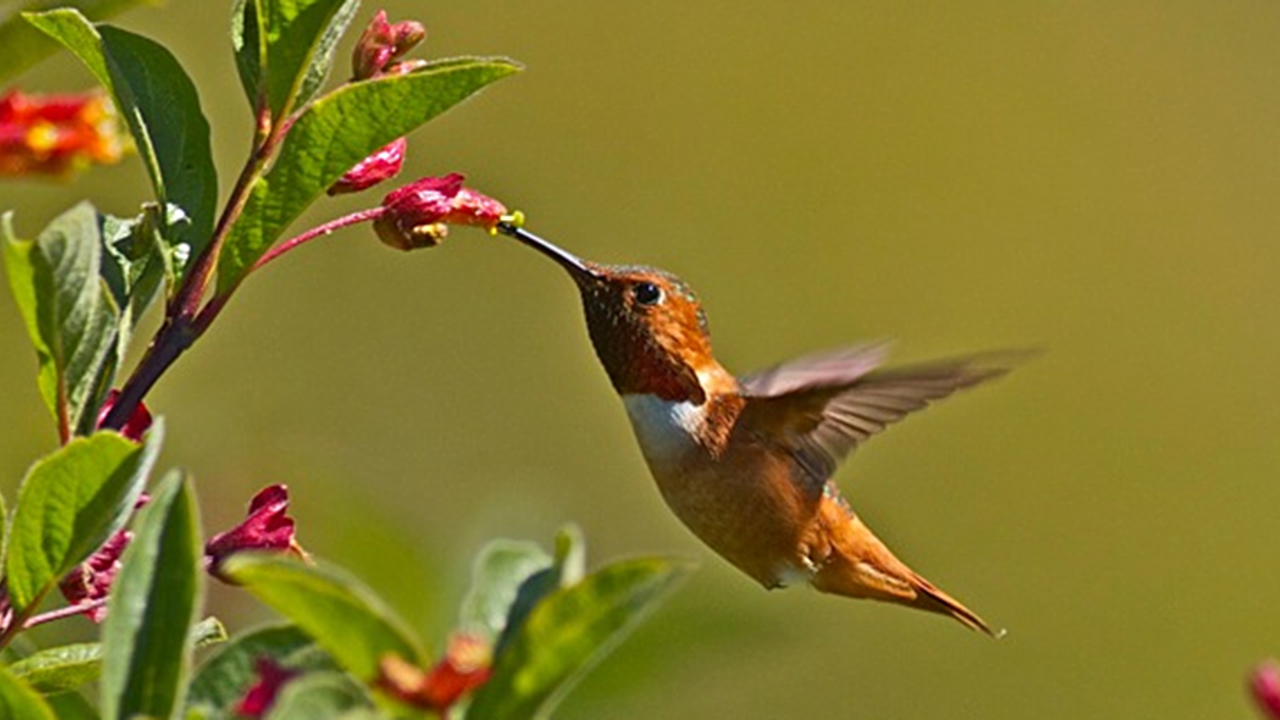Bald Eagle sightings in the Bay Area on the rise: Here's why
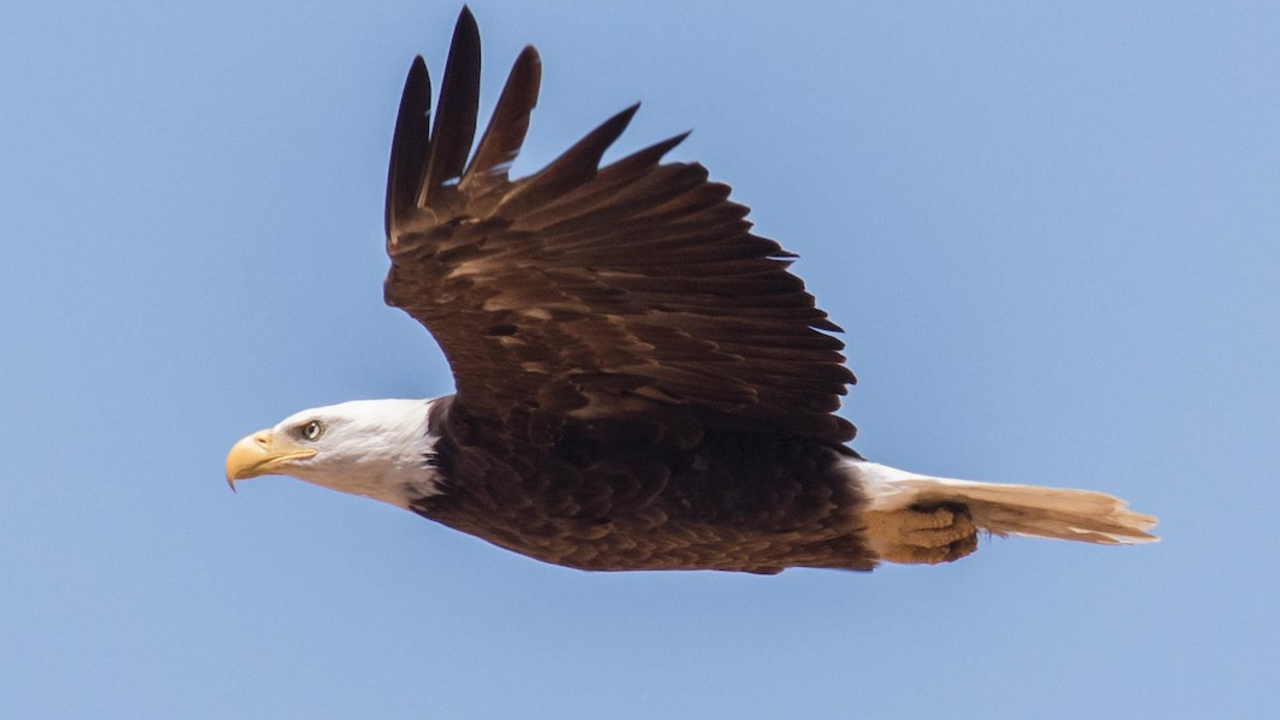
Don Bartling/GGRO Volunteer
Twenty years ago, if someone told Allen Fish they’d seen a Bald Eagle in the Bay Area, he'd think that was a once-in-a-lifetime sighting. Fish is the Director of the Golden Gate Raptor Observatory (GGRO), a 40-year community science program of the Parks Conservancy and the National Park Service, and has had his binoculars trained on the sky looking for raptors for decades. From 1986-2017, GGRO staff and volunteers had only observed an average of 4.48 per season in their official Fall Migration Count. From 2017-2022, they observed 15.8 per season. And in 2022, GGRO counted 20 Bald Eagles soaring past Hawk Hill.
“This is a super exciting time for Balds in the Bay Area. We must be doing something right for Bald Eagle ecology,” said Fish.
According to Fish, Bald Eagles don’t always migrate north to south along the Pacific Flyway each fall like many other birds of prey. Bald Eagles, especially juvenile ones, tend to scatter around to areas with the highest density of large protein-and-fat-rich prey to sustain their big bodies through the winter. Some of these feeding hotspots include the Fraser River in British Colombia for salmon, Pullman, Wash., for ground squirrels, ranchlands in Nevada for carrion, or California’s Sacramento Valley for winter waterfowl like ducks and geese. He points out that Bald Eagle numbers are up across these areas, and more eagles could be wandering over to the San Francisco Bay Area looking for food and nesting sites.
Once in the Bay, the eagles are met with more favorable conditions than what they may have experienced in past decades here. DDT has been banned since 1972, the Clean Water Act led to more fish and better hunting visibility, and reservoirs were constructed and stocked with trout.
Fish says people can continue to improve ecological conditions for Bald Eagles by not using poisonous rodenticides, by switching to non-lead shot for hunting, and by not getting close to the eagles or their nests to photograph or observe them.
More research, observations, and analysis will be needed to better understand Bald Eagle populations and their annual movement, but Fish is feeling optimistic about their future.
“It’s cool to know when we see a big bird flying overhead, it could be a Bald, anywhere in the Bay Area,” said Fish.
Now if someone tells Allen that they think they spotted a Bald Eagle flying overhead, he smiles, knowing that it’s entirely likely they did.


